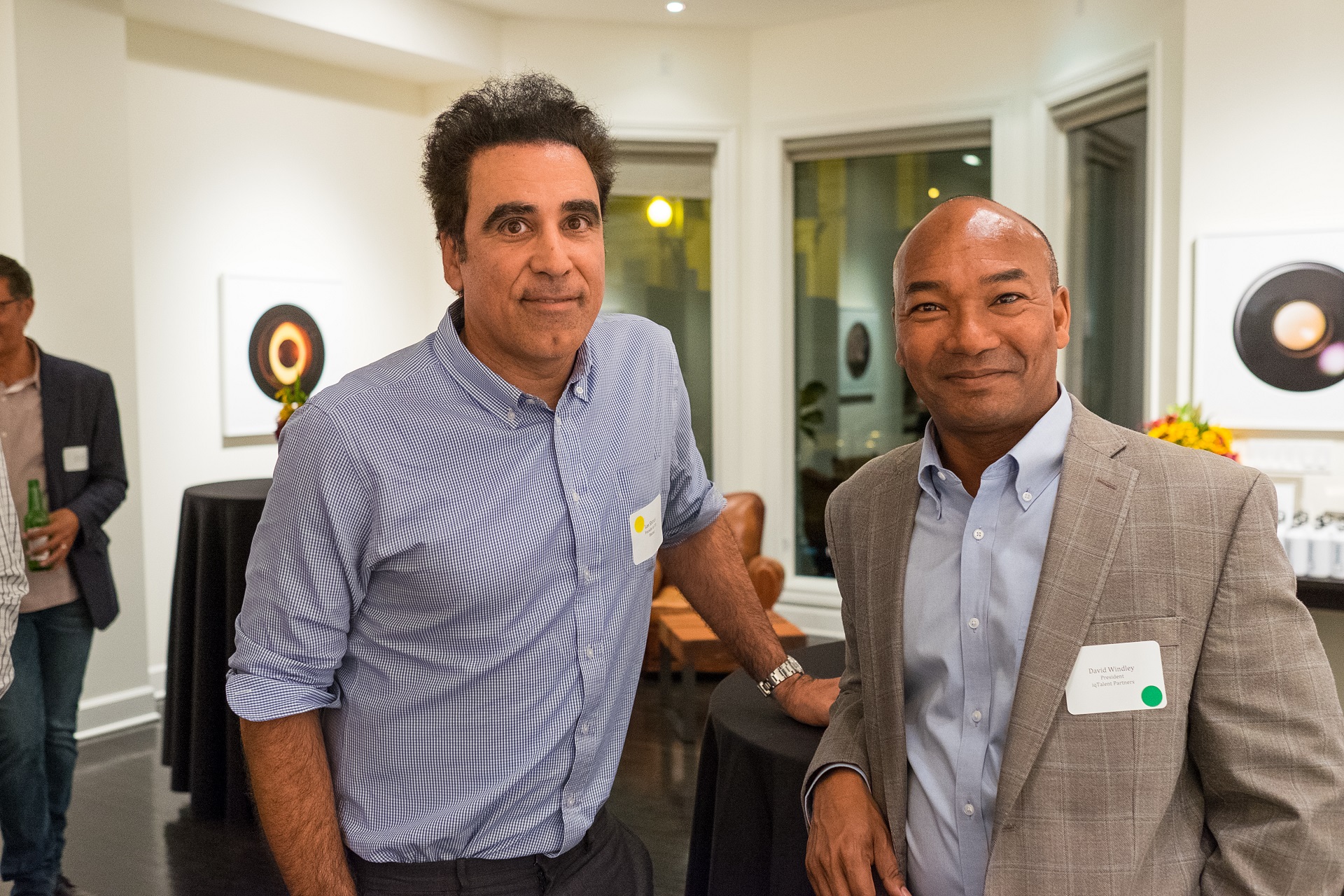
Founder, co-founder, CEO: what’s the difference, really? When it comes to these terms, it’s important to distinguish between the various startup roles. It’s especially confusing because a single person can have multiple roles, such as both founder & CEO.
Are you wondering “what is a co-founder” or “what is the difference between founder and co-founder?” In this article, we’ll explain the most essential points of distinction.
Can a company have both founder and co-founder?
It’s entirely possible for a business to have both a founder and co-founder. In the startup community, a founder is a person who establishes a business, turning profitable ideas into actual profit. The founder sets up the business infrastructure and works to get it off the ground.
Entrepreneurs who launch a business by themselves are known as “solo founders.” If multiple people are involved in the company’s launch, however, then they may all receive the title of “co-founder.”
In some cases, companies may have both a founder and one or more co-founders. The assignment of titles depends on the precise timeline of when you hire early employees.
For example, suppose that you create a startup by yourself, giving you the title of “founder.” Several months later, you decide to find a co-founder to fill in some gaps in your skill set. In this case, you could properly be called the startup’s “founder.” However, your business partner would be called a “co-founder” (but likely not a “founder”).
On the other hand, suppose that you decide to create a startup with two of your classmates from business school. In this case, all three of you were involved from the project’s onset, giving you all the title of “co-founder.” However, it wouldn’t be proper to refer to any of you as the singular “founder,” since all of you had a hand in founding the business.
If you are currently looking for a chief of staff job opportunity, understanding these distinctions can help you navigate the startup landscape and identify the role that aligns best with your skills and aspirations.
Is founder higher than co-founder?>
Given the different situations described above, it’s possible (though not certain) that a startup founder is “higher” than the co-founder.
If a startup has both a founder and co-founders, this likely means that the founder was the company’s original creator, while the co-founders were added later. For example, many startup founders have a great business idea, but need a technical co-founder who can help execute it. These people thus look for potential co-founders who can help complement their skills.
But in what sense can we say that startup founders and co-founders are “higher” than each other? There are two possibilities:
- One person has more equity in the business than the other. This is often the case when co-founders join the company at different times. The original founder takes the largest share of equity, while later co-founders and employees receive a smaller share depending on their level of contribution.
- One person is higher in the business hierarchy than the other. Co-founders usually assume a role on the company’s executive team, such as the CTO (chief technical officer) or COO (chief operating officer). Highest of all is the CEO (chief executive officer), as we’ll discuss in the next section.
Who is higher, CEO or founder?
The status of “founder” or “co-founder” denotes a historical fact about who was responsible for creating the business. As such, these are permanent titles that can’t be revoked later on.
The CEO, meanwhile, is the highest-ranking employee in the business. This person is responsible for making top-level strategic decisions to execute the company’s vision. Importantly, being a CEO is a job, not a permanent title.
Unlike the CEO, the status of “founder” does not grant a person any formal authority within the business. Indeed, many founders have parted ways with the business they created after disagreeing about the company’s direction.
Of course, a single person may serve as both founder/CEO, especially in the startup’s early days. As the company reaches maturity, however, the founder often takes a back seat and hands the reins to another CEO.
This doesn’t mean the founder disappears entirely from the business, though. Founders and co-founders can still assume other roles such as board members, shareholders, and even employees.
Just one example is Google co-founders Larry Page and Sergey Brin, who formerly served as the company’s CEO and president, respectively. They are still controlling shareholders and also remain members of the Google board of directors.






